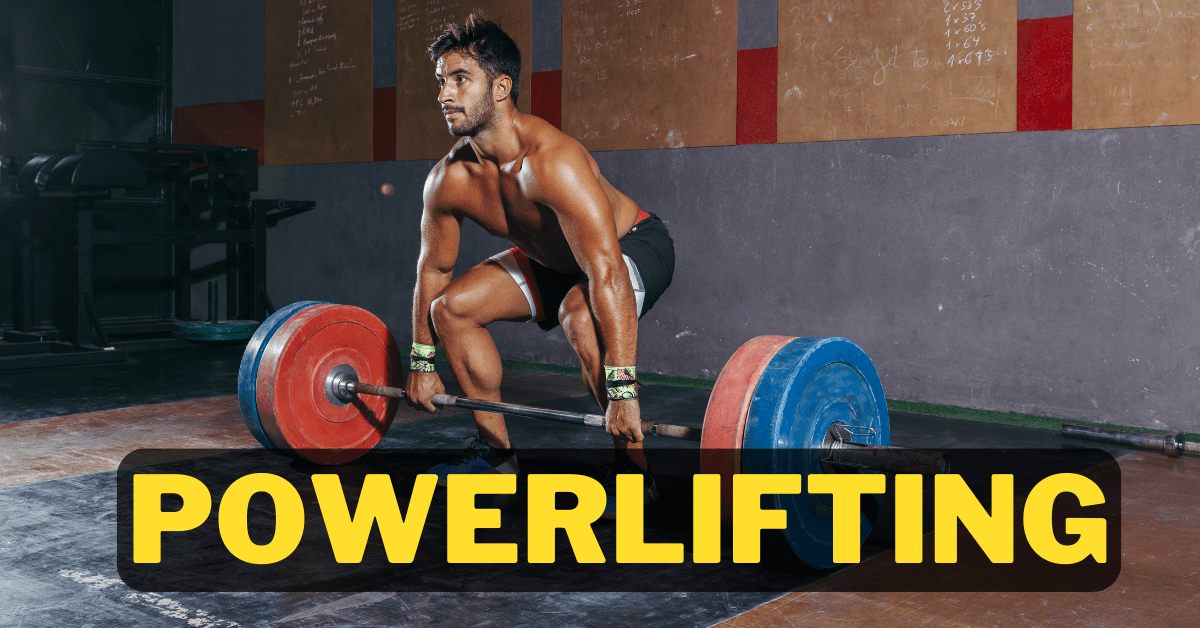Powerlifting, a sport that beckons individuals to test their limits by hoisting the heaviest possible weights in three core exercises – the squat, bench press, and deadlift – has garnered a steadfast following worldwide. Emerging as a physical trial in the mid-20th century, powerlifting has evolved into an endeavor that pushes participants both physically and mentally. Within this extensive discourse, we will delve into the intricacies of powerlifting, its manifold advantages, the dichotomy between raw and equipped divisions, and address some common inquiries that often arise.
The Essence of Powerlifting
At its nucleus, powerlifting revolves around three fundamental lifts: the squat, bench press, and deadlift. These compound movements engage numerous muscle groups and necessitate remarkable strength, impeccable technique, and unswerving mental focus. Contenders in this sport are in a perpetual quest to surpass their personal bests, and for some, to dominate within their weight and age brackets.
Achieving success in powerlifting pivots on adhering to stringent regulations and benchmarks. Scrutinizing referees vigilantly monitor each lift, guaranteeing that precise form and technique are upheld. These guidelines are designed not only to foster equitable competition but also to ensure participant safety. Furthermore, athletes have the choice to engage in either raw or equipped powerlifting, predicated on their preference for equipment assistance.
Raw vs. Equipped Powerlifting: Discerning the Disparities
In the realm of powerlifting, two distinct categories emerge: raw and equipped. Raw powerlifting accentuates the utilization of minimal gear, encompassing knee sleeves, wrist wraps, a belt, and a singlet. This category showcases the lifter’s inherent strength, eschewing the involvement of elaborate paraphernalia.
Conversely, equipped powerlifting embraces advanced gear such as reinforced suits and knee wraps. These specialized accoutrements introduce an additional layer of complexity to the lifts, necessitating a delicate equilibrium between the lifter’s physical prowess and the supportive equipment. Equipped powerlifting extends a unique challenge, allowing athletes to probe the synergy between their own prowess and the technology that bolsters their performance.
The Powerlifting Lifestyle: Beyond the Competition Arena
While powerlifting competitions furnish a platform for athletes to showcase their capabilities, the sport’s influence reverberates far beyond the competitive spectrum. Powerlifting functions as an inspiring training modality, catering to a diverse array of motivations and aspirations.
For some, powerlifting offers a tangible objective and the impetus required to frequent the gym regularly. The pursuit of augmenting one’s strength and mastering lifting techniques confers a sense of purpose and structure to training regimens. Others turn to powerlifting to amplify their performance in alternate sports or physical undertakings. The functional strength accrued through powerlifting often translates into elevated performance in a variety of athletic pursuits.
Moreover, powerlifting contributes substantively to the overall health and well-being of individuals across the age spectrum. As individuals traverse the stages of life, preserving muscle mass and bone density assumes paramount significance. Powerlifting’s emphasis on strength training squarely addresses these concerns, nurturing a more health-conscious and active lifestyle.
The Intrinsic Gains of Powerlifting
Beyond the physical dividends, powerlifting bestows a trove of psychological and emotional benefits. The sport inculcates discipline, tenacity, and a propensity for growth. The odyssey from formulating a goal to realizing it, propelled by systematic training and unwavering dedication, underscores the potency of resolute determination.
Furthermore, powerlifting transcends age and fitness thresholds. Irrespective of one’s background, anyone can engage in powerlifting to amplify their physical and mental resilience. The camaraderie within the powerlifting community is especially noteworthy; neophytes and veterans alike exchange experiences, insights, and encouragement, fostering a sense of kinship and motivation.
Addressing Common Queries
- Mitigating Injury Risks: Prioritizing proper form, gradual weight escalation, pre-workout warm-ups, and post-workout cooldowns, while remaining attuned to one’s body, constitute cardinal strategies for averting injuries in powerlifting. Ample rest and recovery are equally pivotal.
- The Role of a Coach: A coach functions as a mentor in refining technique, structuring training routines, and preparing for competitions. Their expertise facilitates safe and efficacious progress.
- Setting Attainable Goals: Crafting SMART (specific, measurable, achievable, relevant, time-bound) goals is pivotal. Acknowledging incremental triumphs and steadily intensifying challenges are pivotal to sustained motivation.
- Locating a Powerlifting Community: Prospective enthusiasts can seek local gyms that offer powerlifting facilities or trainers adept in this discipline. Online forums and social media platforms serve as conduits for connecting with a vibrant community of powerlifters.
- Unveiling Powerlifting Competitions: These entail three attempts in each lift, with the aim of executing the heaviest successful lift. Stringent adherence to regulations and precision in technique are indispensable for the validation of lifts.
Emanating Strength from Within
In summation, powerlifting transcends being merely a sport; it represents a voyage of self-discovery, development, and empowerment. Its potential to metamorphose individuals physically, mentally, and emotionally renders it a captivating choice for fitness aficionados, athletes, and those in pursuit of a meaningful avenue to foster well-being. Whether one is drawn to the allure of competition, the quest for strength, or the camaraderie inherent in a passionate community, powerlifting offers a realm ripe for exploration, enabling the realization of latent potential.
FAQ
1. How can I prevent injuries in powerlifting?
Prioritize learning and practicing proper form, gradually increasing weights, incorporating warm-ups and cooldowns, and listening to your body. Rest and recovery are also vital.
2. What’s the role of a coach in powerlifting?
A coach provides guidance on technique, programming, and competition preparation. Their expertise can help you progress safely and efficiently.
3. How do I set realistic goals in powerlifting?
Setting specific, measurable, achievable, relevant, and time-bound (SMART) goals is essential. Progressively increasing weights and celebrating small victories can help you stay motivated.

